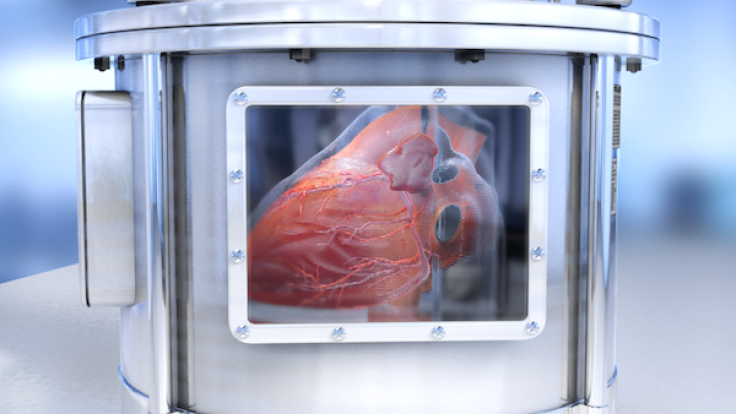3D-Printed Hearts Could Be Used In Cardiac Surgeries In The Future

Imagine a world where heart transplants do not cost that much and do not have long waiting lists. Imagine not having to go through immunosuppressive therapy following a life and death surgery. Fortunately, we won’t have to imagine these soon as BIOLIFE4D is already developing a technology that could eliminate these concerns and do more for people with heart diseases and abnormalities.
BIOLIFE4D is currently developing a technology, a bioprinter, that would allow medical professionals and scientists to 3D print a human heart, which can then be transplanted to a patient who is in dire need of help. The company’s solution involves harvesting iPS cells or induced pluripotent stem cells. The adult specialized cells will be subjected to a process called differentiation in order for them to become specialized cardiac cells, which will serve as the building blocks of the bioprinted heart.
Check out how 3D-printed hearts are made by watching this video.
Though the ultimate goal of the technology is to create 3D-printed hearts, BIOLIFE4D has also ensured that it does more than just that. By using a patient’s own cells, the 3D-printed vital organ would not pose a problem to the health of the recipient. The company says, “Because the heart is literally made out of the patient’s own cells, the body won’t view the bioprinted heart as a foreign object, further reducing the chance of rejection.”
Organ rejection is a serious problem that arises when the recipient’s body identifies the new organ as a foreign material. Once this becomes serious, the supposed life-saving tissue transplant ends up being detrimental to the patient. Scientists have since tried their best to hamper organ rejection by way of introducing immunosuppressants to the body of the recipient. However, immunosuppressive therapy also opens the doors to more harmful conditions like infections.

With BIOLIFE4D’s technology, organ rejection is minimized. The company says that because the resulting 3D-printed heart is made up of a person’s own cells, the need for extensive immunosuppressive therapy is eliminated. This then means that recuperation is bound to flow smoothly and the patient could return to living a normal life faster than when the patient undergoes traditional heart transplant.
BIOLIFE4D’s bioprinter is designed to have an advanced and specialized form of 3D printing. It’s built to manufacture a viable human heart through a combination of sophisticated techniques that consider the right temperature and biocompatibility of the human blood cells used. Computational medicine is also greatly involved in the final process to make sure that the end result of bioprinting is a transplant-ready organ.
The company has enlisted Dr. Raimond Winslow, the director of the Institute for Computational Medicine and director of the Center for Cardiovascular Bioinformatics and Modeling at Johns Hopkins, for the computational modeling aspect of its advanced technology. It has also partnered with Northwestern University (both Evanston, IL and Chicago, IL locations, Northwestern Memorial Hospital, University of Chicago, University of Illinois and Argonne National Laboratories to have access to state-of-the-art facilities and equipment needed to develop the bioprinter.
The prospect of having 3D-printed hearts to one’s disposal is certainly promising. However, BIOLIFE4D has admitted that it is still not sure if the technology to create them would be commercially available anytime soon. The company is hoping to bring the good news to the medical field in the next few years. It also wants its technology to be available for not just the wealthy 1 percent, but for anyone and everyone in need of a heart transplant.
© Copyright IBTimes 2024. All rights reserved.











